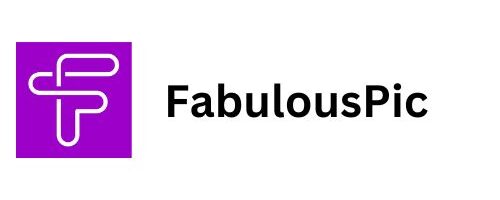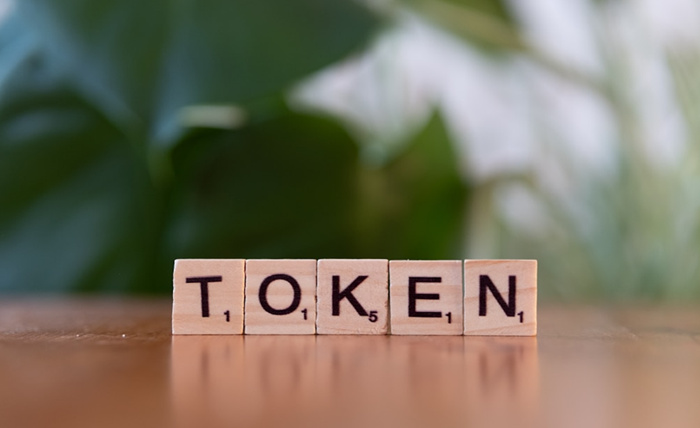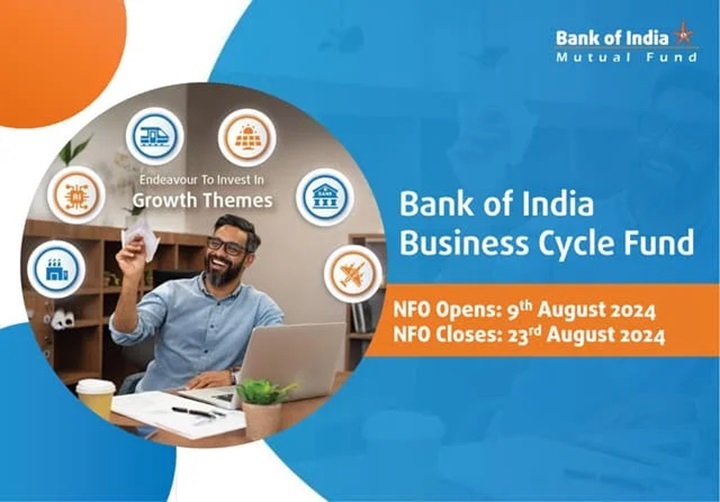The proliferation of blockchain technology has moved far beyond foundational cryptocurrencies like Bitcoin. Modern smart contract platforms such as Ethereum and Solana have enabled a vast ecosystem of decentralized applications and custom digital assets. This process, often called tokenization, allows for the creation of unique assets that can represent value, utility, or ownership on a blockchain. As the demand for these custom tokens has grown, so has the need for accessible tools to create them, leading to the development of specialized software designed to simplify their issuance.
The Technical Process of Token Issuance
Traditionally, launching a new cryptocurrency token has been a task reserved for skilled developers. It involves writing, testing, and deploying a smart contract on a chosen blockchain. For Ethereum and compatible networks, this means coding in a language like Solidity to create a contract that adheres to standards such as ERC-20. For Solana, it involves using the Command Line Interface (CLI) to interact with the Solana Program Library (SPL). This path requires significant technical expertise, a deep understanding of blockchain security to prevent vulnerabilities, and a rigorous auditing process, creating a high barrier to entry for non-developers.
The Emergence of No-Code Asset Creation Tools
To democratize the process of tokenization, a new category of no-code and low-code platforms has emerged. These tools are designed to abstract away the underlying programming complexity, providing a user-friendly interface for asset creation. Instead of writing code, a user can simply fill out a form with their desired token parameters—such as name, symbol, total supply, and decimal places. These platforms serve as a bridge, translating these user inputs into secure, standardized smart contracts. A variety of services, like the multi-chain tools available at https://20lab.app/generate/, allow users to select their preferred blockchain and configure their token’s properties through a simple web form, deploying it in a fraction of the time.
Key Considerations Across Different Blockchains
While these generation tools offer a simplified user experience, it is important to understand that they deploy assets onto distinct blockchain ecosystems, each with its own technical standards. An ERC-20 token on Ethereum functions differently and exists separately from an SPL token on Solana. The choice of blockchain impacts factors like transaction speed, cost, and the ecosystem of dApps the token can interact with. Therefore, while the creation process may be simplified, the strategic decision of which network to build upon remains a critical consideration for any project, based on its specific goals and target audience.
Disclaimer: This article is for informational purposes only and does not constitute financial, investment, or legal advice. The cryptocurrency market is highly volatile and speculative. Always conduct your own research and consult with a qualified professional before making any investment decisions.







